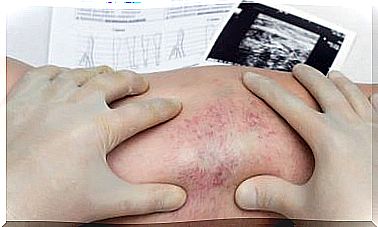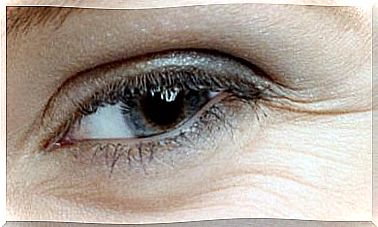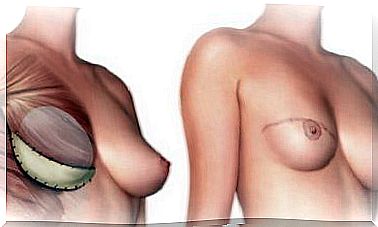Is Vaginal Delivery Possible After Cesarean Section?
Vaginal delivery after cesarean section is a procedure that can be performed only when there is no risk of any kind, neither for the mother nor for the baby. Before continuing with this topic, we must review a couple of key terms.
Cesarean section: it is a surgical operation that is used to extract the fetus and the placenta by opening the abdomen and the uterus. It is the most common procedure because it is used to avoid complications of vaginal delivery and maintain the well-being of the fetus and the mother.
Vaginal delivery: it is the traditional form of delivery, under which the baby leaves the uterus to the outside through the vagina. Also, it is the most recommended way when there are no complications of childbirth. The chances of success increase if the mother has already delivered vaginally and decrease if she has previously had complications during delivery.
Complications of vaginal delivery
1. Prolonged labor
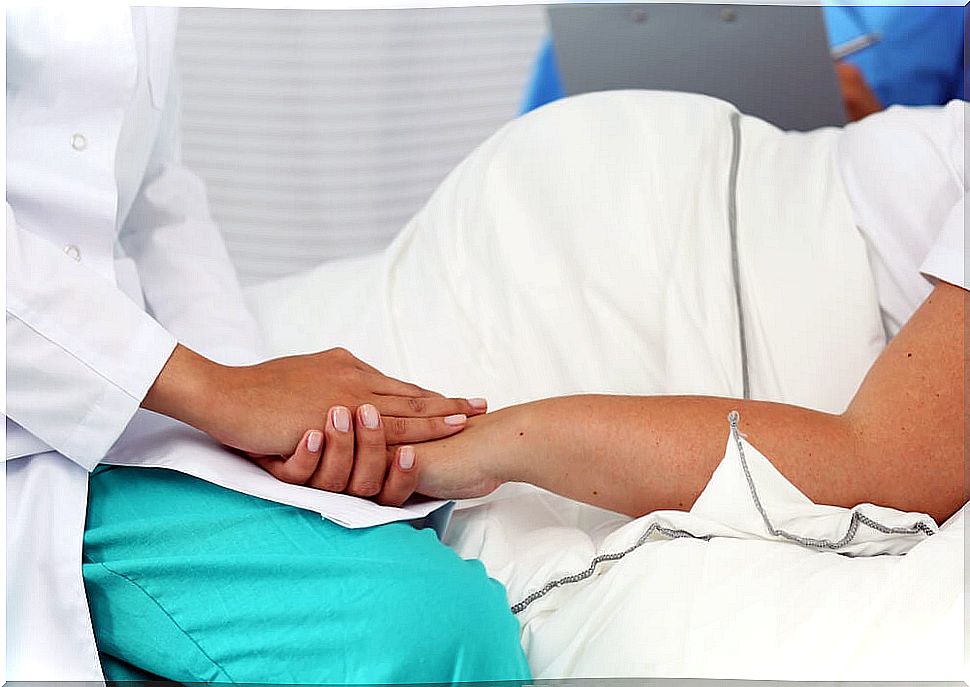
It is characterized by weak and irregular contractions, delaying the dilation of the cervix and the progression of labor. Factors such as disproportion between the mother’s pelvis and the baby’s head, induction of labor with the neck very closed or some abnormality in the baby can influence this type of delivery.
2. Preterm delivery
Preterm labor occurs before 37 weeks’ gestation due to premature rupture of the membranes, uterine abnormalities, maternal illness, malnutrition, infections, or other unknown causes. Not all premature births require a cesarean section.
3. Fetal distress due to lack of oxygen
This complication occurs when the fetus has an alarming heart rate or there is the presence of meconium in the amniotic fluid, preventing it from receiving the necessary oxygen.
4. Fetus position
When the fetus is breech, it is four times more likely to be injured in a vaginal delivery. Also, there is the possibility of complications if the fetus seeks to come out with one or both feet, as well as with the knees first.
If the woman, after taking into account this information on the complications of vaginal births, still wants to have a vaginal delivery, it is recommended that she visit a specialist doctor to determine if she has the profile to undergo this procedure.
Conditions of the patient to perform a vaginal delivery after cesarean section
- Having a single cesarean section performed with a horizontal transverse incision.
- Not having other types of scars in the uterus.
- The size of the pelvis must be considered clinically adequate.
- Not having had a uterine rupture, medical complications, or obstetric problems such as placenta previa or uterine fibroids.
- Being healthy for complications during pregnancy such as diabetes, high blood pressure, heart disease, or genital herpes.
Benefits of vaginal delivery after cesarean section
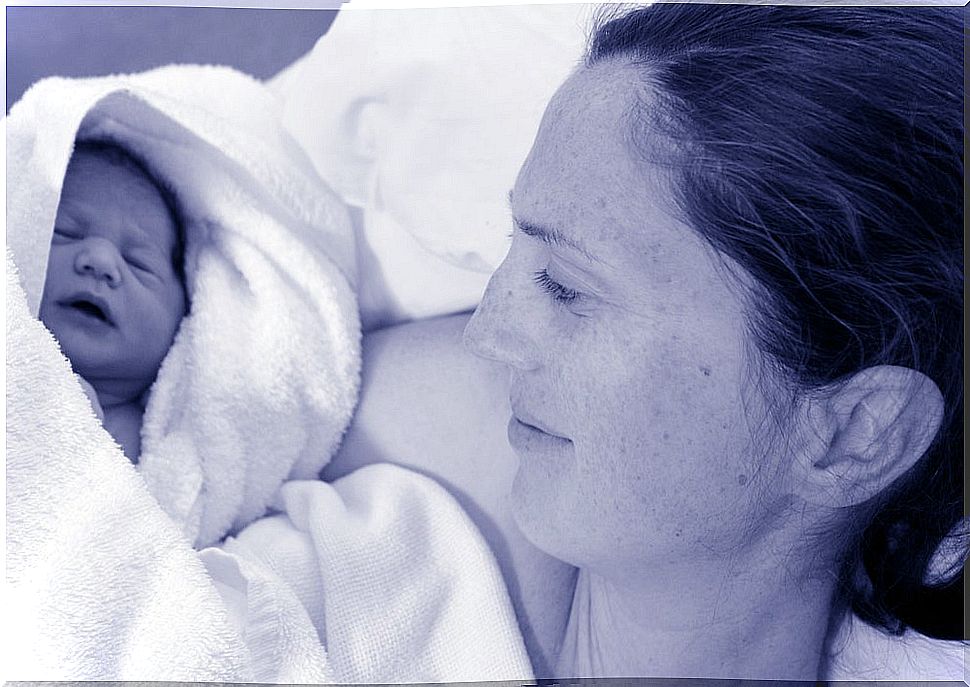
- Having major abdominal surgery is avoided.
- It reduces the risk of developing placental problems in future pregnancies.
- Compared to a cesarean delivery, there is less blood loss and a lower risk of infection.
- You have fewer risks of complications associated with repeat surgeries, including bowel or bladder damage.
- Less pain after delivery.
- The baby is born when it is ready and not prematurely, as in the case of a caesarean section.
- The baby’s lungs may be healthier when the delivery is vaginal.
Risks of vaginal delivery after cesarean section
- Keep in mind that no type of childbirth is out of risk. However, studies show that there is less mortality with successful vaginal parts than with repeat cesarean sections.
- There is a possibility that the uterus could rupture at the site of the cesarean section scar, causing bleeding and could affect the delivery of oxygen to the baby.
- If the mother requires oxytocin (Pitocin) to start contractions, experts recommend abandoning a vaginal delivery attempt.
- Surgical complications such as bleeding, uterine infections, or incision infections may arise if the vaginal delivery is abandoned and an unscheduled cesarean is required. If this happens, the baby will have long-term neurological damage and even die.
What You Need During a Vaginal Delivery After Cesarean Section
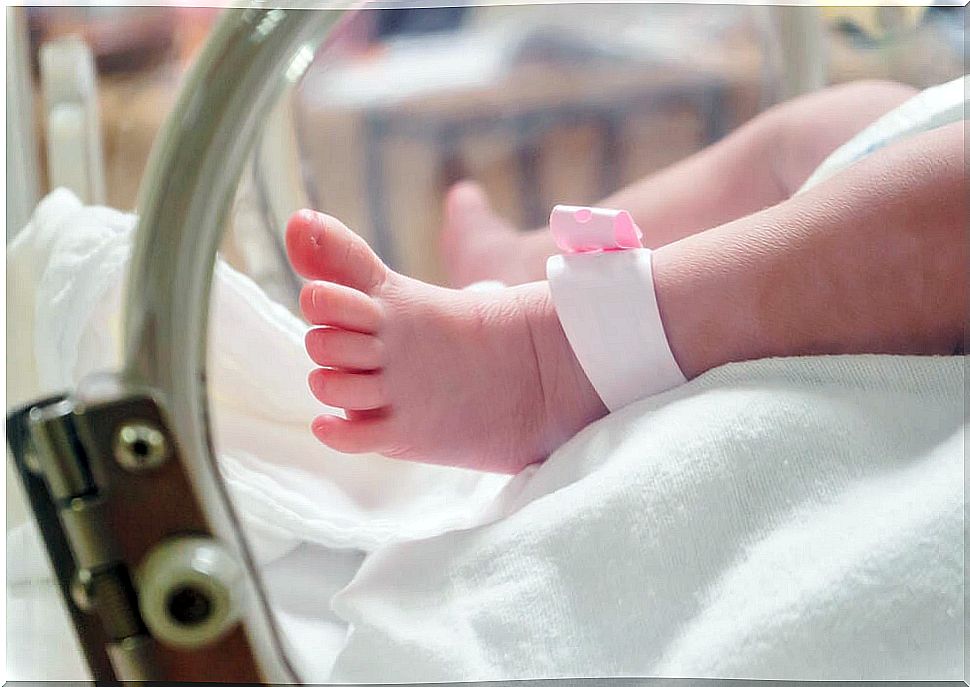
Constant electronic fetal monitoring is required to follow the baby’s heart rate, as this will be able to show if there are any problems. Also, it is necessary to have an IV and avoid any food during delivery in case an emergency cesarean section becomes necessary.
Conclusions on vaginal delivery after caesarean section
In conclusion, throughout the article we have been able to verify that vaginal delivery after cesarean section is a technique with benefits and risks. Therefore, a detailed study of each patient is required to decide if it is carried out. Finally, we recommend you make the best decision, always advised by the medical team.

